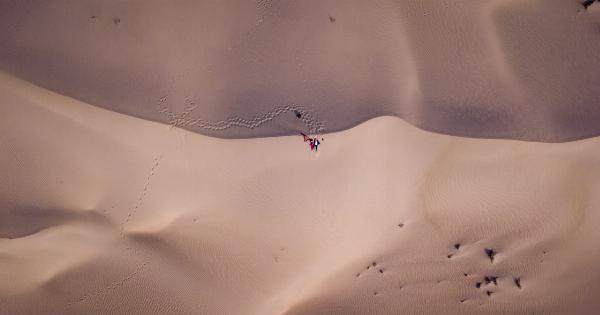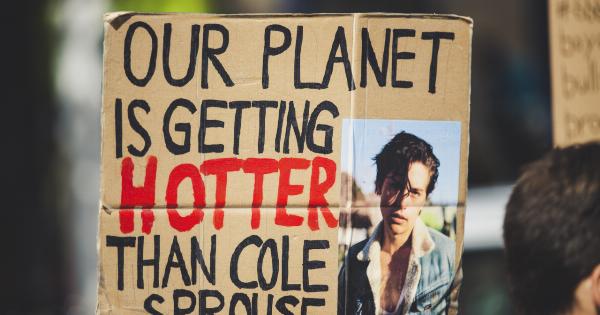Falls are awe-inspiring natural wonders that captivate us with their sheer beauty and power. They have been shaping the Earth’s landscape for millions of years, carving their way through rocks and creating breathtaking vistas.
However, the alarming truth is that many of these majestic falls are under threat and may not survive to reach their full maturity.
1. Dwindling water sources
One of the primary reasons falls are disappearing before they can reach maturity is the depletion of water sources. As climate change intensifies, many places are experiencing reduced rainfall and snowfall, leading to a decrease in water volume.
Without a steady supply of water, falls may dry up or become a mere trickle during certain times of the year.
2. Human intervention and infrastructure projects
Human activities such as dam construction, urbanization, and deforestation also play a significant role in the decline of falls.
Dams are built to harness water for various purposes like irrigation and electricity generation, which alters the natural flow and volume of water in rivers. These interventions can disrupt the normal functioning of falls, affecting their growth and lifespan.
3. Pollution and sedimentation
Pollution from industrial and domestic sources can severely impact the health and vitality of falls. Chemical pollutants find their way into water bodies, harming aquatic life and altering the ecosystem balance.
Additionally, excessive sedimentation caused by deforestation, mining, and agricultural activities can clog the channels leading to falls, reducing water flow and altering their appearance.
4. Climate change and glacier retreat
Falls fed by glaciers are particularly vulnerable to the impacts of climate change. Rising global temperatures are causing glaciers to melt at an alarming rate, leading to a decrease in their size and volume.
As the glaciers retreat, the source of water for falls diminishes, ultimately jeopardizing their very existence.
5. Changes in land topography
Natural geological processes such as earthquakes and landslides can alter the land’s topography, which affects the flow of water. When the terrain shifts, streams and rivers may change their course, bypassing falls altogether.
This disruption in the natural path of water can be detrimental to falls, hindering their growth and leading to their premature disappearance.
6. Unsustainable tourism and human impact
While falls are a popular tourist attraction, excessive and unsustainable tourism practices can harm their delicate ecosystems. Visitors trampling on vegetation, littering, and contributing to pollution pose a threat to the surrounding environment.
Unregulated tourist activities can degrade the natural resources around falls, ultimately impacting their ability to thrive and survive.
7. Invasive species
Invasive plant species can spread rapidly and outcompete native vegetation near falls. These species can alter the ecosystem dynamics, leading to habitat loss for fauna and flora that depend on the falls.
Ultimately, the collapse of the ecosystem surrounding the falls can contribute to their decline and disappearance.
8. Lack of conservation efforts
In many cases, falls are not given the necessary attention and protection they require. Insufficient conservation efforts, inadequate regulations, and limited funding for preservation initiatives put falls at risk of degradation and destruction.
Without proactive measures to safeguard these natural wonders, they may never reach their full potential.
9. Sensitizing communities and raising awareness
An essential step towards mitigating the threats faced by falls is educating and sensitizing communities living in their proximity.
By raising awareness about the ecological and economic value of falls, local populations can become partners in their preservation. Empowering communities to take an active role in conservation efforts can help secure the future of these remarkable natural phenomena.
10. International cooperation and conservation agreements
Given the transboundary nature of many falls, international cooperation and conservation agreements are vital for their protection.
Governments, environmental organizations, and the global community must work together to develop and implement measures that prioritize the preservation of falls. These efforts should include sustainable water management practices, biodiversity conservation, and the promotion of responsible tourism.




























